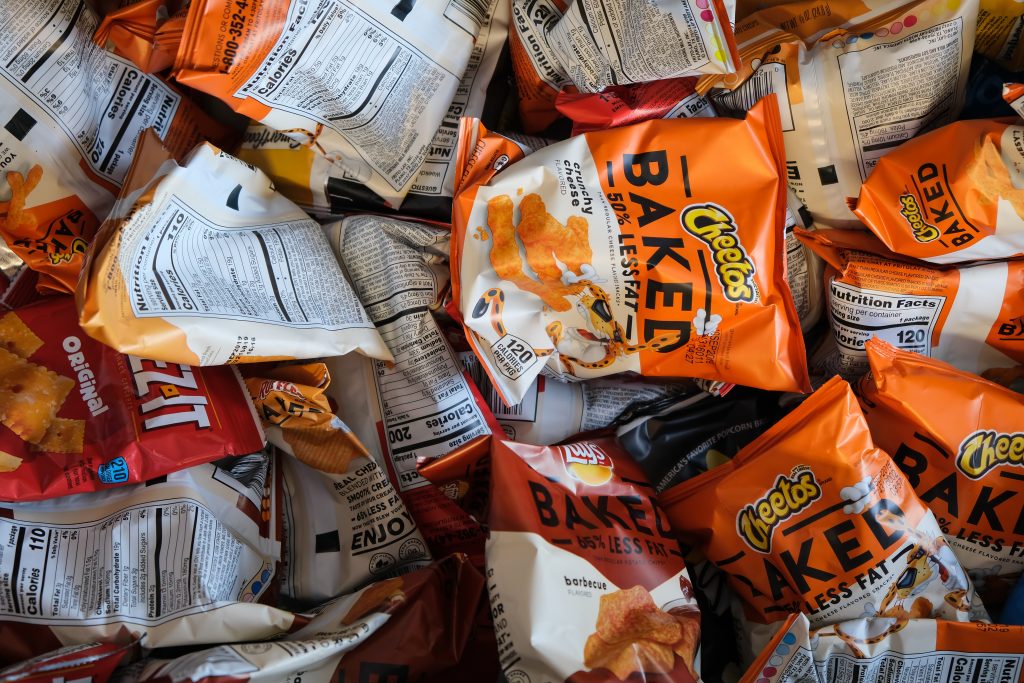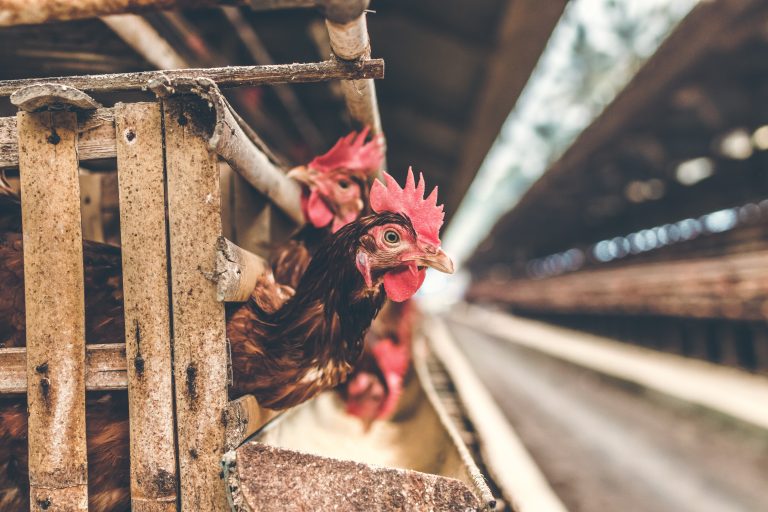Who Ate All the Chips?

If you think you’ve upped your ability to quickly consume a bag of Doritos, give yourself a break and blame shrinkflation. There were probably fewer chips in the bag this month than just a few months ago. With inflation reaching levels that haven’t been seen in decades, companies are facing rising costs for everything from wages to raw materials to shipping. To avoid raising prices and possibly alienating consumers, many companies are turning to shrinkflation, a strategy that involves reducing the amount or quality of the product or service delivered but keeping prices the same. That bag of Doritos for example, has shrunk from 9.75 ounces to just 9.25 ounces. Why don’t companies just raise prices? It can be easier not to. Research shows that even though price per unit information is often available, most buyers still look at the overall price when making buying decisions. By cleverly redesigning packaging or even the product itself, companies can trick buyers into essentially overlooking the fact that they are actually paying the same amount of money for a lesser product or service. So, while the actual bag of Doritos might not look that different, reducing the number of chips inside saves the company money.
While a shrinkflation strategy is common for consumer products, service companies are using it too. Hotels for example, might not swap out sheets and towels as frequently as they did in the past, saving on labor and laundry expenses. Restaurants might offer a QR code instead of a printed menu, while banks encourage electronic statements instead of more costly paper versions. Companies engaged in shrinkflation may try to position visible changes as being beneficial to the consumer. The hotel that no longer offers fresh towels daily may suggest, for example, that by reusing towels, the customer is making a choice that benefits the environment. While potentially this is true, it also means lower labor costs for the company. So, the next time you do a double take when you get to the bottom of a carton of ice cream much faster than usual, take comfort in the fact that you’re probably experiencing shrinkflation, not a bigger appetite.
Discussion Questions:
1. Why is it easier for companies to engage in shrinkflation than simply raise prices?
2. While shrinkflation is common among consumer products companies, service companies also use the strategy. Discuss the risks of shrinkflation for service companies. Could, for example, a hotel damage its reputation by reducing the number of times it replaces towels and sheets? Would a yogurt company that reduces the size of its packaging face the same issues? Explain.
3. Using the concept of price elasticity of demand, discuss the tradeoffs for companies between simply raising prices versus engaging in shrinkflation. In a competitive marketplace, what should companies facing higher production costs do? Raise prices, or keep the price the same, but shrink the product?
Sources| WSJ: Are There Fewer Chips In Your Chip Bag? It Could Be Due to Shrinkflation; Financial Times: Why ‘shrinkflation’ means you are paying the same for less; The Telegraph: Shrinkflation Takes Bite Out of Easter; Photo by Ryan Quintal on Unsplash












